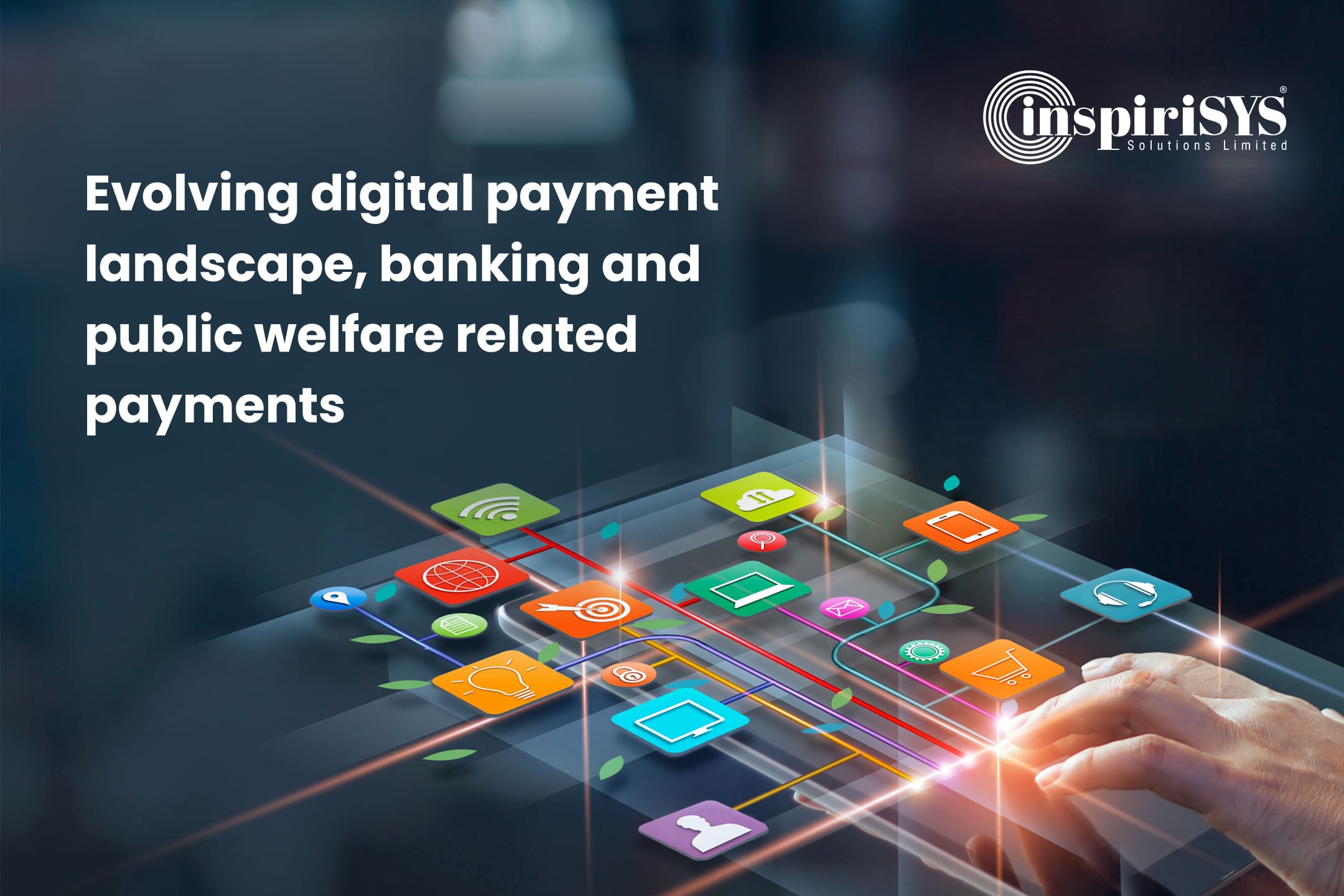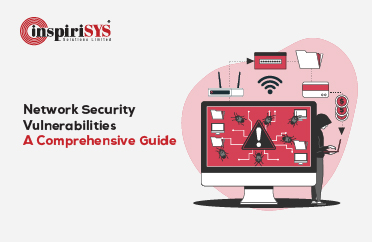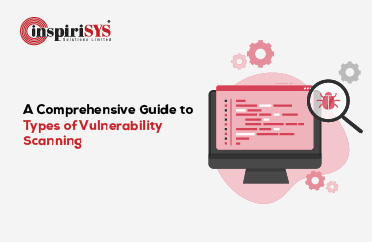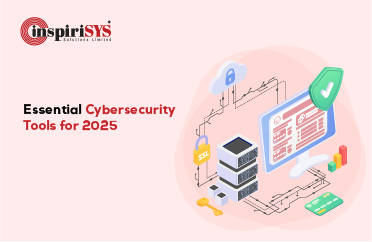The banking and financial services industry (BFSI) is preparing for a global digital transformation the world over. India was already on the verge of transforming into a digital economy before COVID-19 accelerated the adoption of digital payments.
An SMB Digital Maturity Study by Cisco predicts that the digitalization of small and medium businesses will increase India's GDP by up to $216 billion by 2024. Government support can significantly accelerate the adoption of digital payments. It will enable the financial inclusion of people excluded due to low connectivity, limited access to handsets, identification documents, and low literacy. Let's look at the challenges faced by banks in supporting a robust, optimized and streamlined public welfare payment ecosystem.
Digitizing Public Welfare Payments: Challenges

In 2016, the Government of India started transferring government benefits directly into recipient bank accounts through the Direct Benefit Transfer (DBT) scheme in a revolutionary initiative.
However, India has only ten bank branches for every 100,000 adults. According to the latest estimates, the total number of Jan Dhan bank accounts opened stands at 430 million. With so many bank accounts operational, money reaching every end-user is a significant challenge.
In the case of pensions for senior citizens, not all beneficiaries receive cash at their doorstep. Some need to travel several miles to access their bank account and withdraw their payment. While digitizing transfers seemed a great initiative on paper, the banking infrastructure was not yet prepared to meet the rising citizen and customer needs.
A complex matrix of dependencies slowed down the adoption.
Enrollment in the Aadhaar Registry
For a scheme like DBT to work efficiently, the entire population needs to be enrolled in the Aadhaar registry. Currently, around 80% of the total operative bank accounts have been successfully linked with their corresponding Aadhaar numbers. However, all these bank accounts need to stay active and operational.
Limited Network Connectivity
Mobile connectivity is vital for online bank transfers, digital payments and systems like DBT to work seamlessly. It provides the account holder with regular alerts about their online payments. However, poor network connectivity can be an obstacle to the receipt of money. The transition to a cashless global economy needs greater use of mobile phones and digital wallets for digital transactions.
Banks Must Improve the Digital Experience
With customers getting used to the convenience and speed offered by mobile banking, a novel digital payment banking experience is the need of the hour.
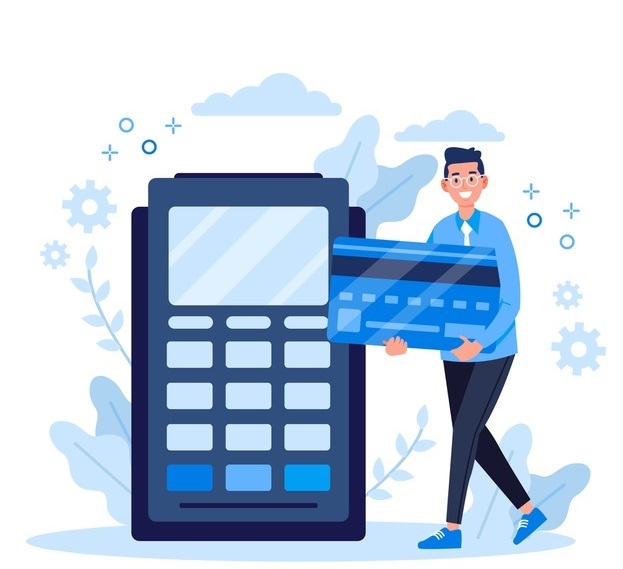
Towards this goal, smart ATMs provide a range of banking transactions similar to what can be achieved by human tellers. Banks and financial institutions have started deploying virtual video meetings to allow customers to interact seamlessly with bank staff from the comfort of their homes.
Improved usability, faster digital transactions, and robust applications can go a long way towards improving this aspect of the digital payments experience.
Upgrading the Payment Infrastructure: The Future is Cashless and Digital
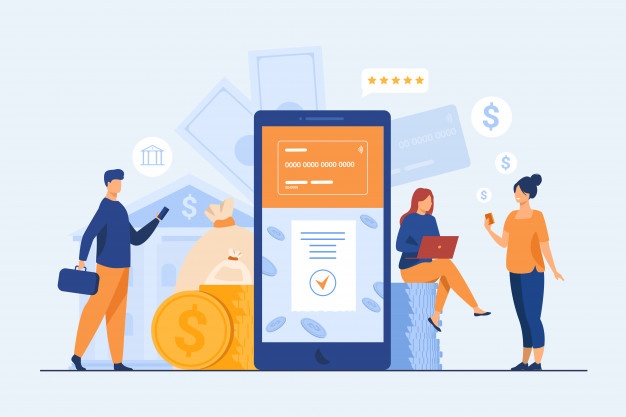
Customers demand regular access to multiple payment methods to send and receive money. With the proliferation of mobile wallets and payment apps, they expect seamless payment experiences across channels. Banks must respond to customer needs by constantly upgrading their digital payments experiences.
Legacy bank infrastructure and payment frameworks pose the biggest challenge. Some banks struggle with outdated systems and find it difficult to evolve. The primary reason is that replacing banking systems with new technologies involves a high level of investment.
There are peripheral matters involved, such as data and network migration, which are challenging and time-consuming. A technology refresh can effectively bridge the disconnect within the digital payment ecosystem. The caveat is that banks will need to evaluate new strategies to upgrade their systems critically.
The Need for Seamless Digital Payments is at an All-time High
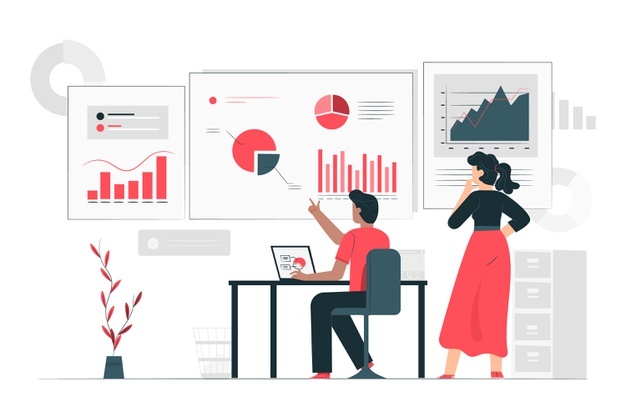
Ever since digitization started playing a pivotal role in customers' financial lives, electronic payments have risen significantly. A report by global investment banking giant Credit Suisse estimated that the total revenue shared through digital payments will reach $1 trillion by 2023, out of which mobile payments will account for $190 billion. The FinTech adoption rate in India is 87%, much higher than the global adoption rate of 64%.
The world over, the banking and financial services industry (BFSI) is preparing for a global digital transformation. India was already on the verge of transforming into a digital economy before COVID-19 accelerated the adoption of digital payments.
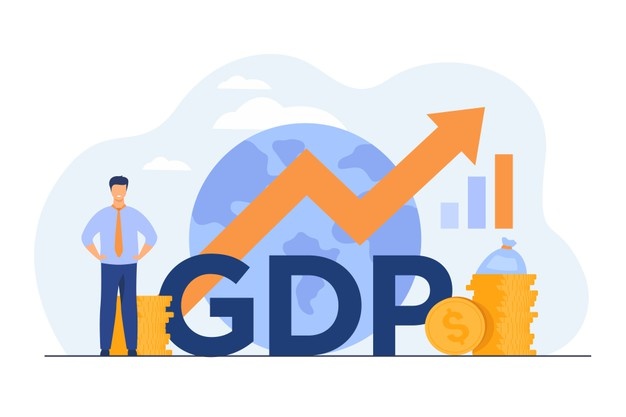
An SMB Digital Maturity Study by Cisco predicts that the digitalization of small and medium businesses will increase India's GDP by up to $216 billion by 2024. Government support can significantly accelerate the adoption of digital payments. It will enable the financial inclusion of people excluded due to low connectivity, limited access to handsets, identification documents, and low literacy. Let's look at the challenges faced by banks in supporting a robust, optimized and streamlined public welfare payment ecosystem.
Digital Payments Mandate Enhanced Technology
The move to an almost cashless, digital payment economy is just a matter of time. Government institutions, banks, and supporting financial institutions need to build the proper infrastructure with the right technologies. The entire payment landscape will focus on creating easily accessible digital payment platforms and services.
The problem is, the emergence of these new payment methods encourages banks to upgrade and refresh their infrastructure. Having access to an innovative digital payment ecosystem will allow both Government and businesses to ease the financial lives of their citizens.
Enhance the Digital Payments Ecology with Government Business Suite
Government Business Suite (GBS) solutions from InspiriSYS are eGovernance solutions with extensive experience handling various types of financial transactions on behalf of the Government for organizations and banks. GBS addresses all banking infrastructure, digital payment challenges, and requirements in an organized and cost-effective manner.
The InspiriSYS solution facilitates handling various financial transactions on behalf of the Government for Organizations and banks. It provides flexibility and advanced functionality for banks to adapt to Government Guidelines. In addition, GBS handles the collection and payment requirements cost-effectively. GBS can be integrated with any banking system that can ease the life of professionals and customers.
Our Finacle Expertise
Upgrading IT processes across bank branches isn't easy. Our Finacle Solutions and services help banks refresh their entire tech stack quickly and easily. Our solution enables operational efficiency and robustness at every stage.
Embrace the Future of Seamless Digital Welfare Payments
The digital payments landscape mandates faster technology adoption, and Finacle can help your bank evolve. At InspiriSYS, we help you transform your bank and its IT processes to keep pace with the times and the customers.
Get in touch with us to learn more about our best-in-class Finacle and GBS solutions.






